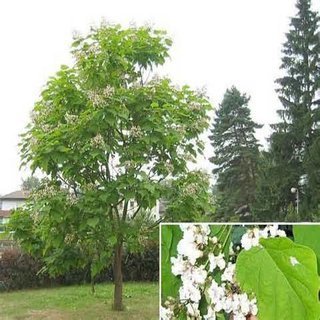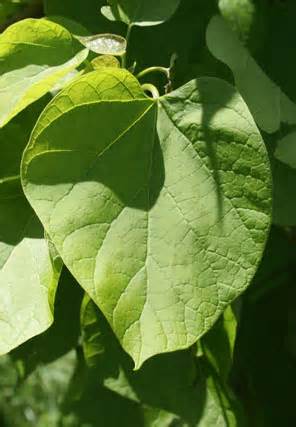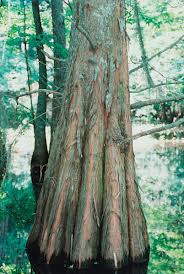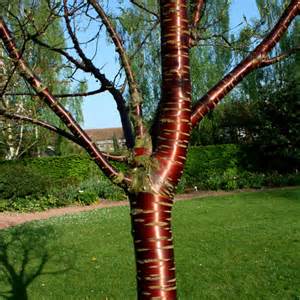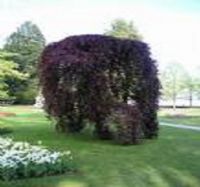Indian Bean Tree
Catalpa Bignonioides
Indian Bean Tree (Catalpa Bignonioides), principally grown for their broad headed attractive foliage, exquisite bell shaped summer flowers and in autumn develops bean-like hanging fruit which persist through winter. A deciduous tree grown for its bright yellow leaves, opening bronze in spring. Hardy but position away from strong winds.
Features

Mature Height

Soil Types
Full Description
The frilled white flowers in the late summer, spotted yellow and purple, on panicles 20cm high, are an added bonus and can be appreciated from ground level.
Their accumulated weight pulls the side branches down low. Large branches may eventually require some bracing or periodic heading back to prevent breakage. Pruning, and even severe pollarding, is tolerated by this species. Late summer is the best time for any sort of cutting the Indian Bean tree Catalpa Bignoides. Also at this time bunches of long green bean pods develop amongst the leaves. These turn brown and persist well into the winter.
The name ‘Indian’ is a reference to North American native Indians. St James Square in Monmouthshire, Wales is the site of a historic Indian Bean Tree. It’s thought to be one of the oldest and largest specimens in the United Kingdom. The Catalpa bignonioides, a native of the southeastern United States, was planted in the square about 1900. After more than 100 years of presiding over the square, the tree is still flourishing.
More Indian Bean trees here
Delivery
All our stock is “lifted” to order, which means that they are “lifted” and packed the same day and sent off so delivery is made the following day hence you receive them as fresh as possible. They are well packed and they are able to stay in the bags they arrive in for up to 7/10 days out of any frosts but it is advisable to plant bareroot trees as soon as possible. We are able to give you a suitable delivery date after the order has been placed when we email your order of acknowledgement to you. Unlike other nurseries who usually say within 3-5 days we can give you a definite day.
As soon as we receive your order we can usually send these out within the week. We use a courier and a signature will be required UNLESS you inform us (in the comments box) of where you would like your goods left safely should you not be at home. It is possible to select a day (apart from week-ends and Fridays) when ordering.
Delivery Charges
We will send you a delivery date via email when we receive your order.
Very SMALL ORDERS between quantities of 1-15 in size 40/60 can usually be sent out via ROYAL MAIL (UK mainland only) for as little as £8.00. Your basket will still show £15.00 plus vat for delivery charge BUT if you put in the COMMENTS BOX that you wish delivery by ROYAL MAIL we can pick this up and change the payment when the order is submitted . All other order are priced as:
- Orders up to £75 – delivery £15 plus vat
- £76 – £200 – delivery £22 plus vat
- £201 – £300 – delivery £30 plus vat
- £301 – £500 – delivery £40 plus vat
- £501 – £1000 – delivery £45 plus vat
- £1001 plus – delivery £50 plus vat
Scotland Grampians/Highlands do carry an extra delivery charge according to our couriers – we can advise on this extra charge.
Guernsey, Jersey, Isle of Man, Isle of Wight, Northern and Southern Ireland. It is possible for us to arrange delivery to these areas but we would have to arrange the cost with our couriers so please contact our office 01452 832100.

